
US regulators unveil antitrust roadmap with Big Tech in crosshairs
By Diane Bartz and Anirban Sen WASHINGTON (Reuters) -U.S. antitrust regulators published guidelines on Wednesday on the kinds of mergers
2023-07-20 04:29

US House panel looks to revive stalled self-driving legislation -sources
By David Shepardson WASHINGTON (Reuters) -A U.S. House of Representatives panel will hold a July 26 hearing as lawmakers look
2023-07-20 03:53
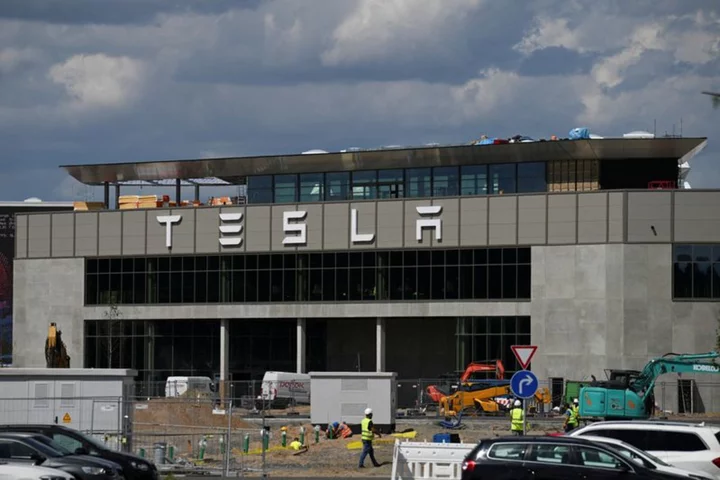
Tesla to expand Europe's biggest car plant, cell production
By Victoria Waldersee BERLIN (Reuters) -Tesla is planning sweeping changes to its factory near Berlin, including extensions to its battery
2023-07-19 22:17
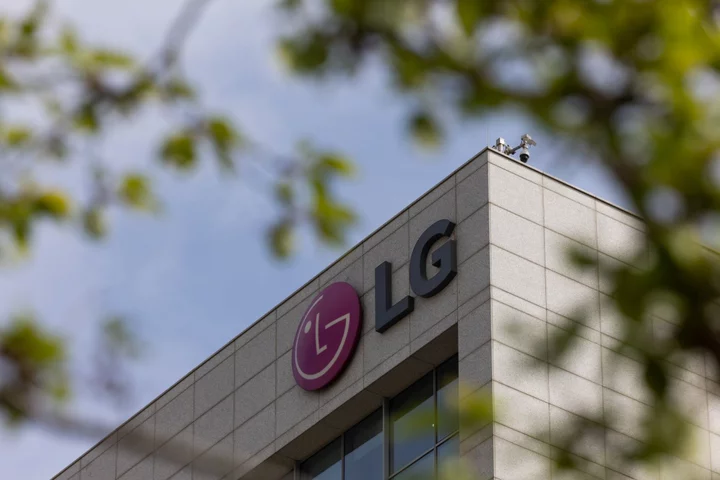
South Korea’s LG Unveils AI Software for Use Across Its Units
South Korea’s LG Group introduced an upgraded version of its artificial intelligence software, and demonstrated how it can
2023-07-19 13:18

Microsoft Clears Another Hurdle as Court Halts UK Veto Case
Microsoft Corp.’s once seemingly doomed $69 billion bid for Activision Blizzard Inc. gained more momentum on Monday after
2023-07-18 01:59

U.S. chip lobby presses Biden to refrain from further China curbs
By Stephen Nellis and Karen Freifeld (Reuters) -The U.S.-based Semiconductor Industry Association trade group on Monday called on the Biden
2023-07-17 23:23
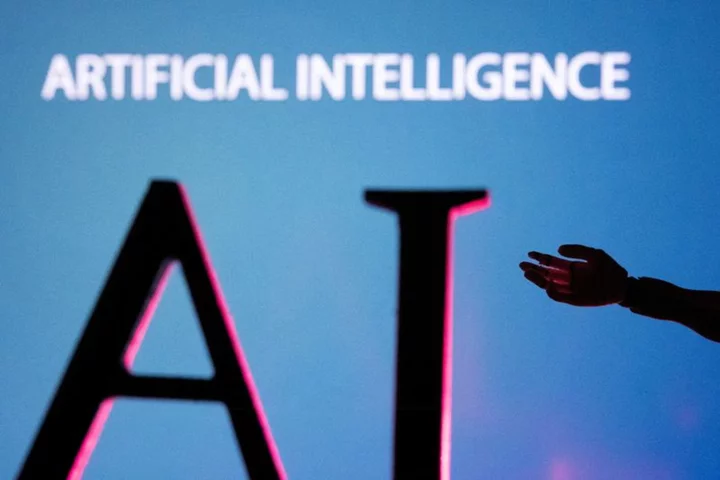
Race towards 'autonomous' AI agents grips Silicon Valley
By Anna Tong and Jeffrey Dastin Around a decade after virtual assistants like Siri and Alexa burst onto the scene,
2023-07-17 18:52
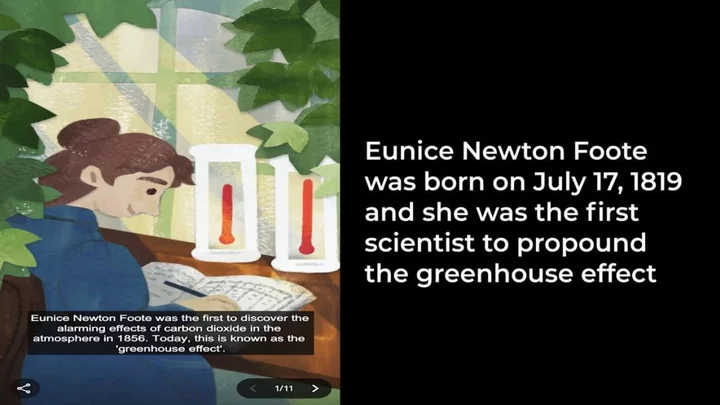
Who is Eunice Newton Foote? The scientist celebrated in today's Google Doodle
We talk about climate change and the devastating effects of greenhouse gases on a daily basis, yet many of us have never heard of Eunice Newton Foote. The American scientist was the first person to realise the alarming impact of carbon dioxide in the atmosphere, all the way back in 1856. So, to mark what would have been her 204th birthday, Google has dedicated today’s Doodle to the environmental pioneer. Head to the search engine and you’ll find an 11-part slideshow explaining Foote’s most significant work. Sign up for our free Indy100 weekly newsletter It goes on to point out that her research was largely ignored for almost 100 years, and credits her with being the first person to “plant a seed of interest in the issue of climate change”. And for anyone wondering, her surname is no coincidence: her father was allegedly a distant relative of Sir Isaac Newton. In a blurb to its Doodle, Google points out that whilst science was Foote’s lifelong passion, she also dedicated time to campaigning for women’s rights. In 1848, she attended the first Woman’s Rights Convention in Seneca Falls, New York State and became the fifth signatory of the Declaration of Sentiments — which demanded equality for women in social and legal status. Back then, women were largely shunned from the scientific community, but this didn’t stop Foote from conducting experiments on her own. After placing mercury thermometers in glass cylinders, she noticed that the cylinder containing carbon dioxide heated up the most and took the longest to cool down. As a result, she became the first scientist to draw a connection between rising CO2 levels and the warming of the atmosphere. After publishing her findings, Foote wrote a second paper on atmospheric static electricity for the journal ‘Proceedings of the American Association for the Advancement of Science’. These were the first two physics studies to be published by a woman in the US, as Google notes. In 1856, a male scientist presented her work at the annual meeting of the American Association for the Advancement of Science. This then lead to further experiments which uncovered what is now known as the Greenhouse effect. And whilst none of us relish the fact this phenomenon exists, we should be eternally grateful to Foote for flagging it to us, all those years ago. Have your say in our news democracy. Click the upvote icon at the top of the page to help raise this article through the indy100 rankings.
2023-07-17 15:46
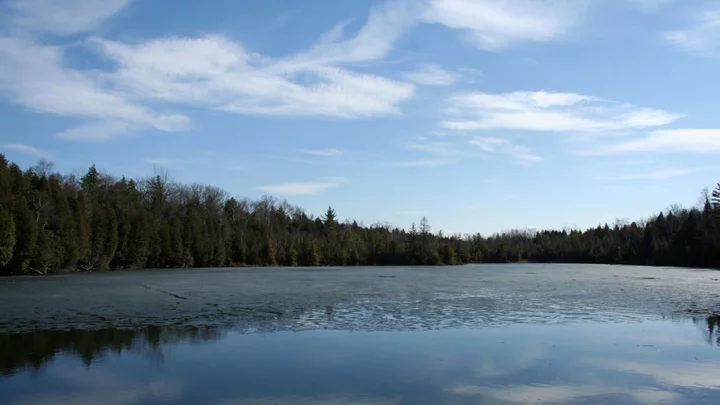
How one lake has captured the moment we changed the world forever
The floor of Crawford Lake in Ontario acts like a storybook, preserving Earth’s recent history in chronological order. Crawford Lake reveals the activities of local Iroquoian communities from the late 13th to 15th centuries, all the way through to the present day. This is because Crawford Lake is a meromictic lake, meaning that the dense bottom layer of water does not mix with the less dense upper layers. “The isolated bottom layer of water remains under disturbed, enabling the accumulation of clearly laminated valves which record precise information about the time during which they were deposited,” according to the Anthropocene Working Group. Experts have nominated Crawford Lake as representation for the start of the Anthropocene epoch, a proposed new geological era characterised by significant changes to the planet’s surface as a result of human behaviour. The Anthropocene is yet to be officially accepted as a unit of geologic time, but in 2016 a working group under the guidance of an International Commission on Stratigraphy subcommittee agreed that human behaviour has left scars so deep that they will remain evident even into the distant future. Sign up to our free Indy100 weekly newsletter One of the most notable markers of the Anthropocene is the appearance of plutonium, a radioactive material that appeared in the mid-20th century as a result of hydrogen bomb tests. “The presence of plutonium gives us a stark indicator of when humanity became such a dominant force that it could leave a unique global ‘fingerprint’ on our planet,” explained Professor Andrew Cundy, Chair in Environmental Radiochemistry at the University of Southampton and member of the Anthropocene Working Group. “In nature, plutonium is only present in trace amounts. But in the early-1950s, when the first hydrogen bomb tests took place, we see an unprecedented increase and then spike in the levels of plutonium in core samples from around the world. We then see a decline in plutonium from the mid-1960s onwards when the Nuclear Test-Ban Treaty came into effect.” Agreeing on a simple measure that defines the boundary between chapters in Earth’s history is just the first step. This measure requires agreement among scientists on a single location to define the boundaries. Known as the Global Boundary Stratotype Section and Point, or a golden spike, plays a crucial role in standardising these borders between epochs. The Anthropocene Working Group has been evaluating potential golden spike sites, from Oued Akrech, Morocco, to Alano di Piave, Italy. After spending three years assessing the qualities of a dozen potential golden spikes for the Anthropocene, finally the AGW has landed on Crawford Lake. “Crawford Lake is so special because it allows us to see at annual resolution the changes in Earth history throughout two separate periods of human impact on this small lake,” micropalaeontologist Francine McCarthy of Brock University in Canada, a voting member of the AGW, said at a press briefing. The lake’s unique properties, such as its small size, depth, and lack of water mixing create sediments that precisely record environmental changes over the past millennia. To officially establish the Anthropocene in the International Chronostratigraphic Chart, the golden spike at Crawford Lake must undergo a series of voting by various commissions and unions. If successful, it will mark the moment when human activities permanently altered the planet. Have your say in our news democracy. Click the upvote icon at the top of the page to help raise this article through the indy100 rankings.
2023-07-16 17:29

Xi calls for 'solid' security barrier around China's internet
BEIJING Chinese President Xi Jinping said China must build a "solid" security barrier around its internet under the
2023-07-15 20:45
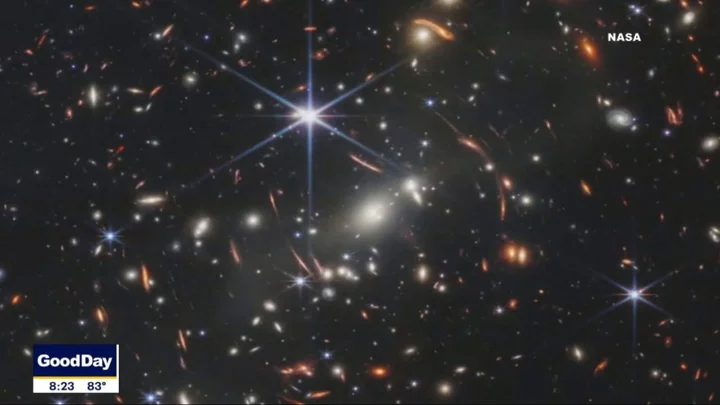
Nasa just uncovered mysterious new type of star ‘powered by dark matter’
A mysterious new set of stars has been detected by Nasa’s James Webb Space Telescope, which could shed new light on dark matter. Dark matter remains one of the most hotly debated elements in our solar system, and the new objects could change the way it is studied. Scientists believe the huge, newly-discovered stars are powered by illusive dark matter and shared their findings in the journal PNAS. “Discovering a new type of star is pretty interesting all by itself, but discovering it’s dark matter that’s powering this – that would be huge,” said study co-author Katherine Freese from The University of Texas in Austin. Sign up to our free Indy100 weekly newsletter The dark stars, known as JADES-GS-z13-0, JADES-GS-z12-0 and JADES-GS-z11-0 – were first identified as galaxies last December. It’s thought that they existed about 320-400 million years after the Big Bang, making them some of the earliest objects ever seen. The nature of dark matter continues to fascinate and mystify the scientific community. It’s believed that it could be formed by a new type of undiscovered particle, and the theorised component of the universe does not absorb, reflect or emit light. It’s also thought that suspected dark stars like these could explain a potential anomaly surrounding the number of large galaxies in the early universe. Currently, there are too many to fit the predictions of the theories surrounding the origins and the future of the universe. “It’s more likely that something within the standard model [of cosmology] needs tuning, because proposing something entirely new, as we did, is always less probable,” Dr Freese said. “But if some of these objects that look like early galaxies are actually dark stars, the simulations of galaxy formation agree better with observations,” she explained. Have your say in our news democracy. Click the upvote icon at the top of the page to help raise this article through the indy100 rankings.
2023-07-15 19:18

AI facial recognition tech brings 'airport-style security' to UK stores, says human rights group
A rising number of British stores are using a facial recognition system powered by artificial intelligence to identify repeat shoplifters in what one human rights group has called the spread of "airport-style security" on the high street.
2023-07-15 15:26
